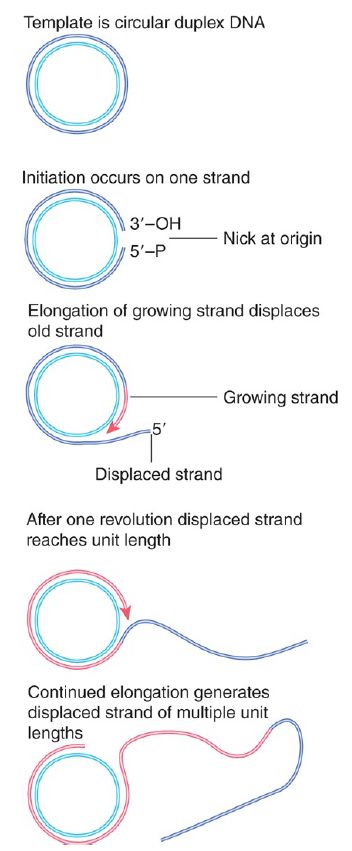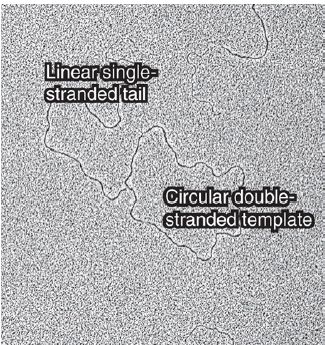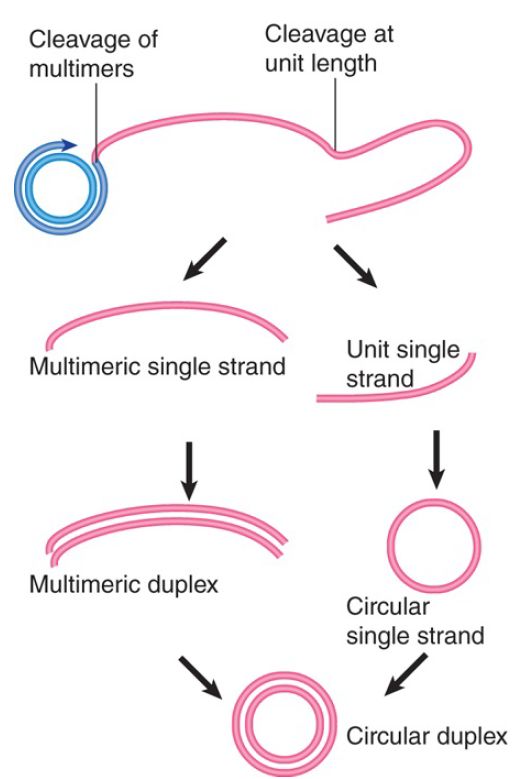

النبات

مواضيع عامة في علم النبات

الجذور - السيقان - الأوراق

النباتات الوعائية واللاوعائية

البذور (مغطاة البذور - عاريات البذور)

الطحالب

النباتات الطبية


الحيوان

مواضيع عامة في علم الحيوان

علم التشريح

التنوع الإحيائي

البايلوجيا الخلوية


الأحياء المجهرية

البكتيريا

الفطريات

الطفيليات

الفايروسات


علم الأمراض

الاورام

الامراض الوراثية

الامراض المناعية

الامراض المدارية

اضطرابات الدورة الدموية

مواضيع عامة في علم الامراض

الحشرات


التقانة الإحيائية

مواضيع عامة في التقانة الإحيائية


التقنية الحيوية المكروبية

التقنية الحيوية والميكروبات

الفعاليات الحيوية

وراثة الاحياء المجهرية

تصنيف الاحياء المجهرية

الاحياء المجهرية في الطبيعة

أيض الاجهاد

التقنية الحيوية والبيئة

التقنية الحيوية والطب

التقنية الحيوية والزراعة

التقنية الحيوية والصناعة

التقنية الحيوية والطاقة

البحار والطحالب الصغيرة

عزل البروتين

هندسة الجينات


التقنية الحياتية النانوية

مفاهيم التقنية الحيوية النانوية

التراكيب النانوية والمجاهر المستخدمة في رؤيتها

تصنيع وتخليق المواد النانوية

تطبيقات التقنية النانوية والحيوية النانوية

الرقائق والمتحسسات الحيوية

المصفوفات المجهرية وحاسوب الدنا

اللقاحات

البيئة والتلوث


علم الأجنة

اعضاء التكاثر وتشكل الاعراس

الاخصاب

التشطر

العصيبة وتشكل الجسيدات

تشكل اللواحق الجنينية

تكون المعيدة وظهور الطبقات الجنينية

مقدمة لعلم الاجنة


الأحياء الجزيئي

مواضيع عامة في الاحياء الجزيئي


علم وظائف الأعضاء


الغدد

مواضيع عامة في الغدد

الغدد الصم و هرموناتها

الجسم تحت السريري

الغدة النخامية

الغدة الكظرية

الغدة التناسلية

الغدة الدرقية والجار الدرقية

الغدة البنكرياسية

الغدة الصنوبرية

مواضيع عامة في علم وظائف الاعضاء

الخلية الحيوانية

الجهاز العصبي

أعضاء الحس

الجهاز العضلي

السوائل الجسمية

الجهاز الدوري والليمف

الجهاز التنفسي

الجهاز الهضمي

الجهاز البولي


المضادات الميكروبية

مواضيع عامة في المضادات الميكروبية

مضادات البكتيريا

مضادات الفطريات

مضادات الطفيليات

مضادات الفايروسات

علم الخلية

الوراثة

الأحياء العامة

المناعة

التحليلات المرضية

الكيمياء الحيوية

مواضيع متنوعة أخرى

الانزيمات
Rolling Circles Produce Multimers of a Replicon
المؤلف:
JOCELYN E. KREBS, ELLIOTT S. GOLDSTEIN and STEPHEN T. KILPATRICK
المصدر:
LEWIN’S GENES XII
الجزء والصفحة:
7-4-2021
2233
Rolling Circles Produce Multimers of a Replicon
KEY CONCEPT
- A rolling circle generates single-stranded multimers of the original sequence.
The structures generated by replication depend on the relationship between the template and the replication fork. The critical features are whether the template is circular or linear, and whether the replication fork is engaged in synthesizing both strands of DNA or only one.
Replication of only one strand is used to generate copies of some circular molecules. A nick opens one strand, and then the free 3′–OH end generated by the nick is extended by the DNA polymerase.The newly synthesized strand displaces the original parental strand. The ensuing events are depicted in FIGURE 1.

FIGURE 1.The rolling circle generates a multimeric singlestranded tail.
This type of structure is called a rolling circle, because the growing point can be envisaged as rolling around the circular template strand. It could in principle continue to do so indefinitely. As it moves, the replication fork extends the outer strand and displaces the previous partner. An example is shown in the electron micrograph of FIGURE 2.

FIGURE 2. A rolling circle appears as a circular molecule with a linear tail by electron microscopy.
Photo courtesy of Ross B. Inman, Institute of Molecular Virology, Bock Laboratory and Department of Biochemistry, University of Wisconsin, Madison, Wisconsin, USA.
The newly synthesized material is covalently linked to the original material, and as a result the displaced strand has the original unit genome at its 5′ end. The original unit is followed by any number of unit genomes, synthesized by continuing revolutions of the template. Each revolution displaces the material synthesized in the previous cycle.
The rolling circle is put to several uses in vivo. FIGURE 3 depicts some pathways that are used to replicate DNA.

FIGURE 3. The fate of the displaced tail determines the types of products generated by rolling circles. Cleavage at unit length generates monomers, which can be converted to duplex and circular forms. Cleavage of multimers generates a series of tandemly repeated copies of the original unit. Note that the conversion to double-stranded form could occur earlier, before the tail is cleaved from the rolling circle.
Cleavage of a unit length tail generates a copy of the original circular replicon in linear form. The linear form can be maintained as a single strand or can be converted into a duplex by synthesis of the complementary strand (which is identical in sequence to the template strand of the original rolling circle).
The rolling circle provides a means for amplifying the original (unit) replicon. This mechanism is used to generate amplified ribosomal DNA (rDNA) in the Xenopus oocyte. The genes for ribosomal RNA (rRNA) are organized as a large number of contiguous repeats in the genome. A single repeating unit from the genome is converted into a rolling circle. The displaced tail, which contains many units, is converted into duplex DNA; later it is cleaved from the circle so that the two ends can be joined together to generate a large circle of amplified rDNA. The amplified material therefore consists of a large number of identical repeating units.
 الاكثر قراءة في مواضيع عامة في الاحياء الجزيئي
الاكثر قراءة في مواضيع عامة في الاحياء الجزيئي
 اخر الاخبار
اخر الاخبار
اخبار العتبة العباسية المقدسة

الآخبار الصحية















 قسم الشؤون الفكرية يصدر كتاباً يوثق تاريخ السدانة في العتبة العباسية المقدسة
قسم الشؤون الفكرية يصدر كتاباً يوثق تاريخ السدانة في العتبة العباسية المقدسة "المهمة".. إصدار قصصي يوثّق القصص الفائزة في مسابقة فتوى الدفاع المقدسة للقصة القصيرة
"المهمة".. إصدار قصصي يوثّق القصص الفائزة في مسابقة فتوى الدفاع المقدسة للقصة القصيرة (نوافذ).. إصدار أدبي يوثق القصص الفائزة في مسابقة الإمام العسكري (عليه السلام)
(نوافذ).. إصدار أدبي يوثق القصص الفائزة في مسابقة الإمام العسكري (عليه السلام)


















